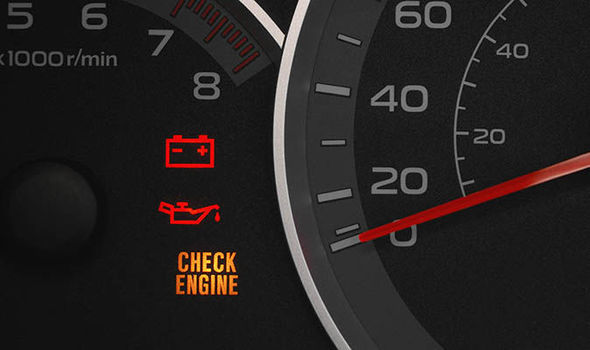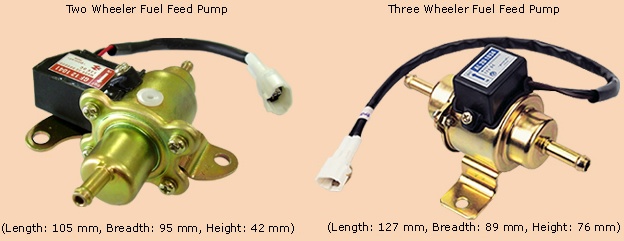– Characteristics of a booster pump
– Fuel booster pump: malfunctions
– Buying a fuel booster pump
The booster pump is a fuel pump, which is immersed in the tank. The term “booster” is more reserved explicitly for diesel engines because this pump puts the entire circuit at low pressure up to the high-pressure pump, which generates the pressure for the injectors, via the common rail (from 200 to 1500 bars on average).
Let’s take a closer look at the fuel booster pump.
Characteristics of the fuel booster pump
The booster pump is an electric roller pump equipped with a safety valve to limit the maximum pressure (about 10 bar) and a built-in pressure regulator. It is supplied via a relay controlled by the + AC (plus After Contact) and the ground controlled by the engine management computer.
Here are the main characteristics of a booster pump:
– Delivery pressure: 3 bars (pressure regulator incorporated).
– Nominal flow rate: about 150 l/h.
– Voltage: 12 volts.
Fuel booster pump: malfunctions

In case of malfunction, you must start by identifying the vehicle’s supply system. Indeed, some types of equipment do not have a booster pump. In this case, a mechanical pump called a transfer pump is incorporated into the high-pressure pump and sucks the fuel from the tank (here, the positive supply pressure is replaced by negative pressure or vacuum).
To differentiate and recognize the two systems:
– look for a manual pump: transfer pump feeding often has a manual pump that is used to prime the circuit when replacing the diesel filter;
– if not, identify the equipment with the help of technical documents.
Symptoms
Booster pump malfunctions manifest themselves in several ways:
– on the road, jerks, or even unexpected stops with successive restarts;
– an inability to start the vehicle;
– an unusual noise (hissing or growling) coming from the tank.
Checks to be made
In the presence of these symptoms, you should carry out various checks:
– Electrical checks: check the + and – supplies to the pump at the tank inlet. If the values are correct, power the pump directly to check its operation.
– Hydraulic checks: even if the pump works electrically, you must check its pressure and flow rate (the pressure regulator may be defective).
– Pressure check: a pressure gauge is required to display the operating pressure.
– Flow control: operate the pump for 10 seconds and collect the fuel in a graduated container; measure and calculate the quantity for 1 hour; check against the pump specifications.
Purchase a booster pump
After identifying a booster pump failure, you subsequently want to know where to get a new one and what price…
There are different suppliers:
– At car dealerships: you will find the original part but at the highest price (from $70 to $180 depending on the model).
– At automotive suppliers: you will be able to get spare parts in the original brand at a better price (10 to 20% savings).
– On specialized websites: you can find good deals (20 to 40% savings) and, depending on the vehicle, you can find the bare pump sold at retail, which is still much cheaper.
Good to know: in some cases, removing the booster pump requires the removal of the tank, which can be tedious. Always check (if you don’t have the technical magazine) if there is an access hatch on the rear floor.
Now, you know what to do if your fuel booster pump fails. Remember to share your experience in the comments below.

